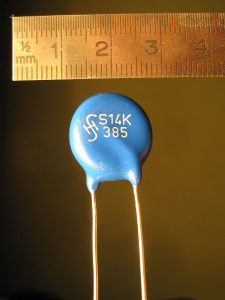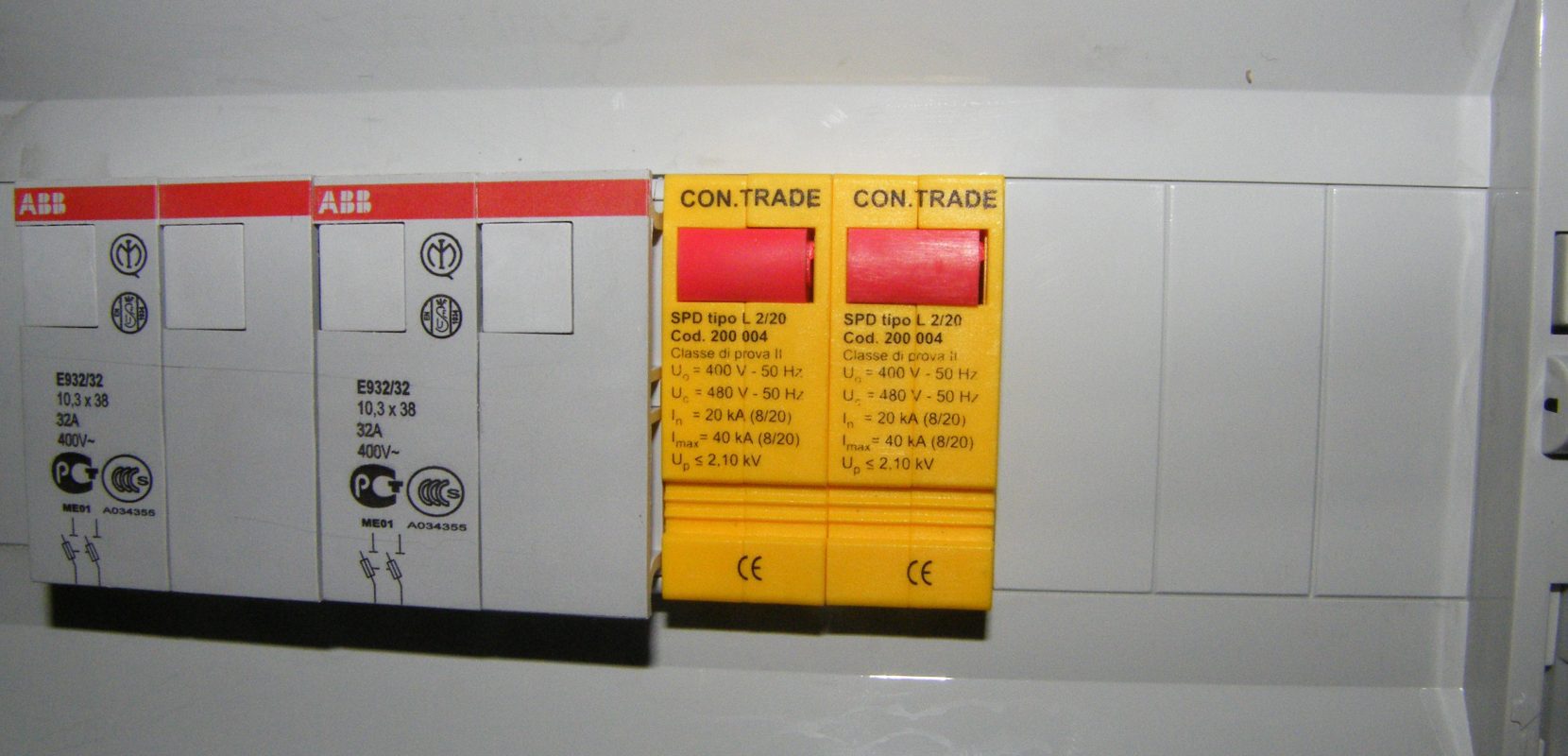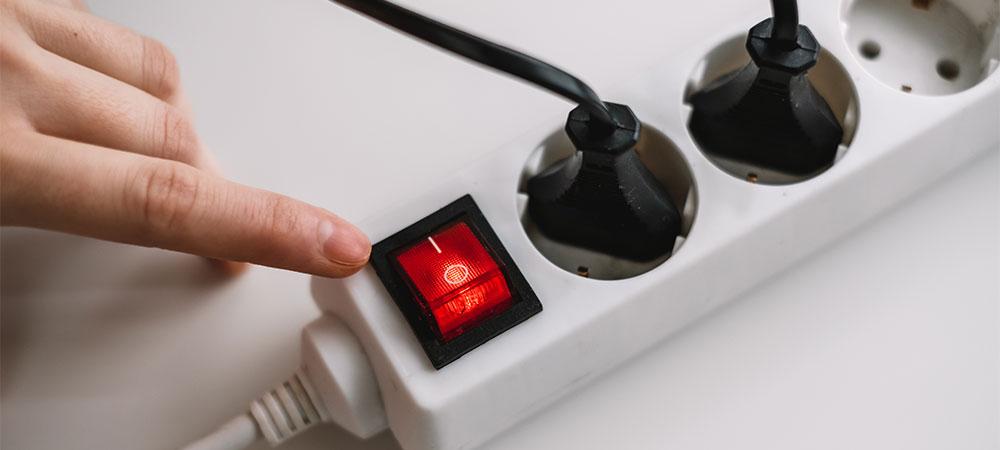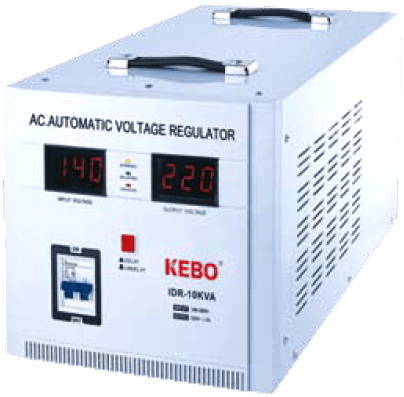Introduction
In our increasingly digital world, we rely on electronic devices for nearly every aspect of our lives. From smartphones and laptops to smart appliances and entertainment systems, these gadgets have become indispensable. But have you ever stopped to consider the potential risks to your devices and data caused by electrical surges? This blog post delves into the question: Do surge protectors work? Let’s explore the science behind electrical surge protection to find out.
Understanding the Threat: What Are Electrical Surges?
Before we dive into the efficacy of surge protectors, it’s crucial to understand what electrical surges are and why they pose a risk to your electronics. Electrical surges, also known as power surges or voltage spikes, are brief, intense spikes in electrical voltage. These surges can result from various sources, including lightning strikes, power grid fluctuations, and even appliances cycling on and off within your home.
The danger lies in the fact that these surges can quickly overwhelm and damage sensitive electronic components within your devices, potentially rendering them useless or causing data loss. It’s a common misconception that only catastrophic events like lightning strikes can cause power surges; in reality, smaller surges occur frequently and can accumulate over time, gradually degrading your electronics.
The Role of Surge Protectors: How Do They Work?
Surge protectors, also called surge suppressors or surge arresters, are devices designed to safeguard your electronic equipment from the harmful effects of electrical surges. But how do they work?
1 Diverting Excess Voltage

Surge protectors are equipped with metal oxide varistors (MOVs) or gas discharge tubes that can divert excess voltage away from your devices. When a surge occurs, these components act as a buffer, absorbing the extra energy and preventing it from reaching your electronics.
2 Clamping Voltage
Surge protectors have a clamping voltage rating, which is the voltage level at which they activate. When the voltage exceeds this rating, the surge protector begins to redirect the excess energy. A lower clamping voltage indicates better protection, as it responds to smaller surges.
3 Response Time
A surge protector’s response time is crucial. It needs to react swiftly to surges to be effective. High-quality surge protectors respond in nanoseconds, providing near-instantaneous protection.
The Effectiveness of Surge Protectors
So, do surge protectors work? In short, yes, they do. Surge protectors are an essential line of defense against electrical surges, and they can significantly reduce the risk of damage to your valuable electronics. However, it’s essential to note that not all surge protectors are created equal.
/cloudfront-us-east-1.images.arcpublishing.com/gray/RJFHSALPWFGJHP65U6IX56GV6Y.jpg)
Factors to Consider When Choosing a Surge Protector
Here are a few guidelines in choosing a surge protector:
1 Clamping Voltage:
Opt for a surge protector with a lower clamping voltage for better protection.
2 Joule Rating:
The joule rating indicates how much energy the surge protector can absorb. Higher ratings offer better protection.
3 Response Time:
Look for surge protectors with fast response times to ensure immediate protection.
4 Number of Outlets:
Consider how many devices you need to protect and choose a surge protector with enough outlets.
5 Warranty:
Some surge protectors come with equipment warranties, which can provide added peace of mind.
Conclusion
In a world where our reliance on electronic devices continues to grow, protecting them from electrical surges is a wise investment. Surge protectors, when chosen wisely, provide an effective barrier against these surges, helping to extend the lifespan of your electronics and safeguard your data.
So, to answer the question, “Do surge protectors work?”—yes, they absolutely do. Just remember that not all surge protectors are equal, so it’s worth investing in a high-quality surge protector that meets your specific needs. In doing so, you’ll ensure the longevity of your electronics and the peace of mind that your devices are safe from the unpredictable nature of electrical surges.




